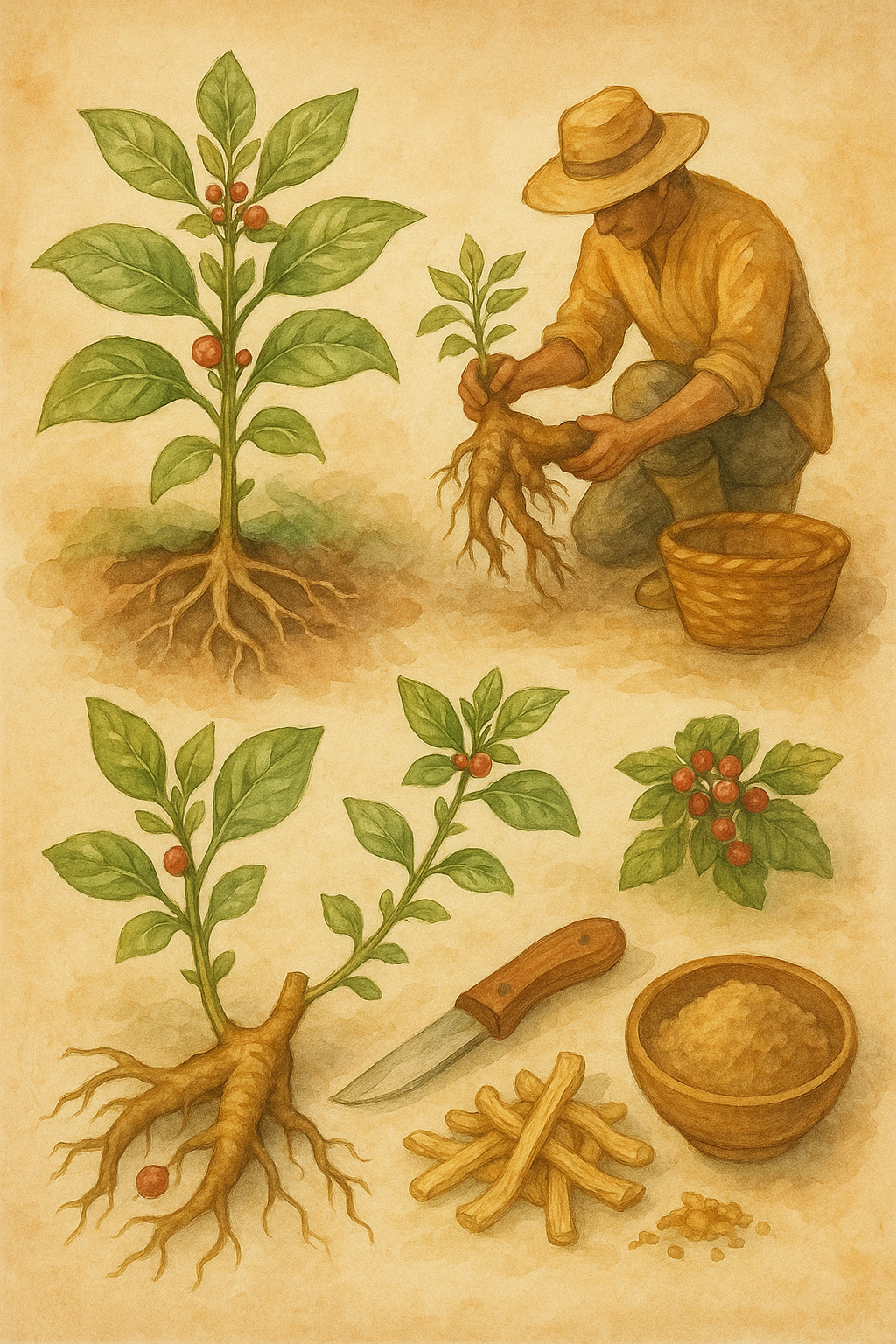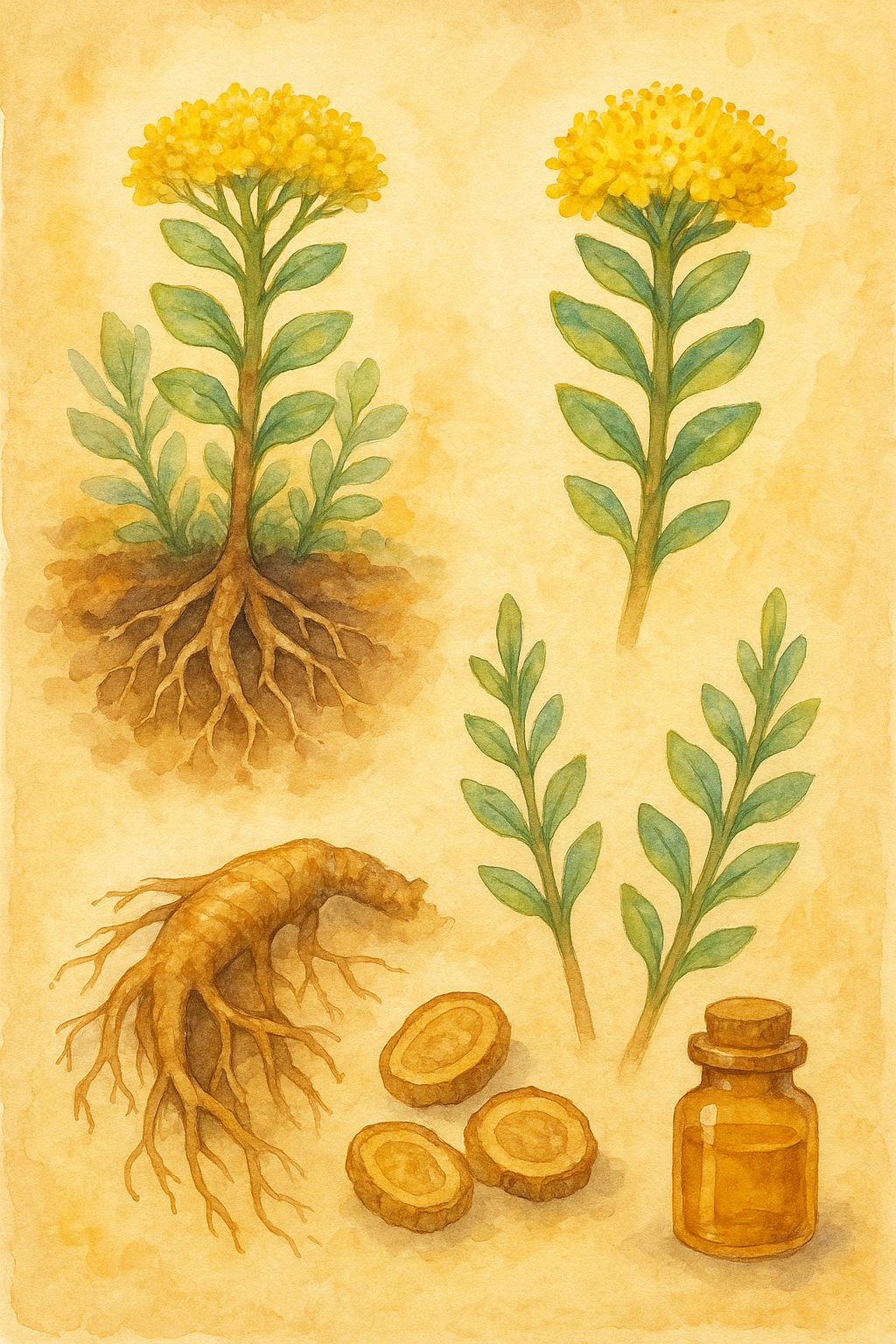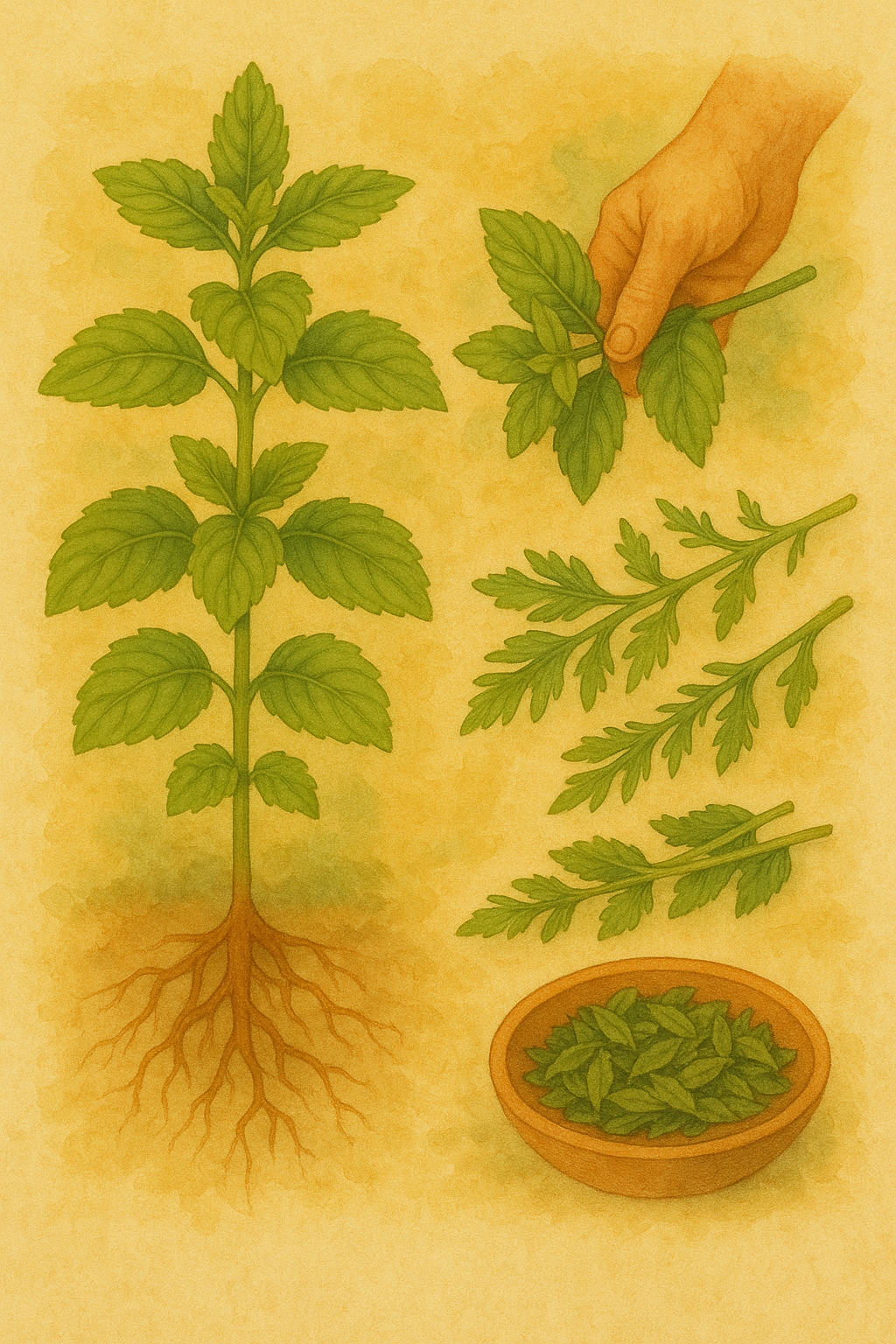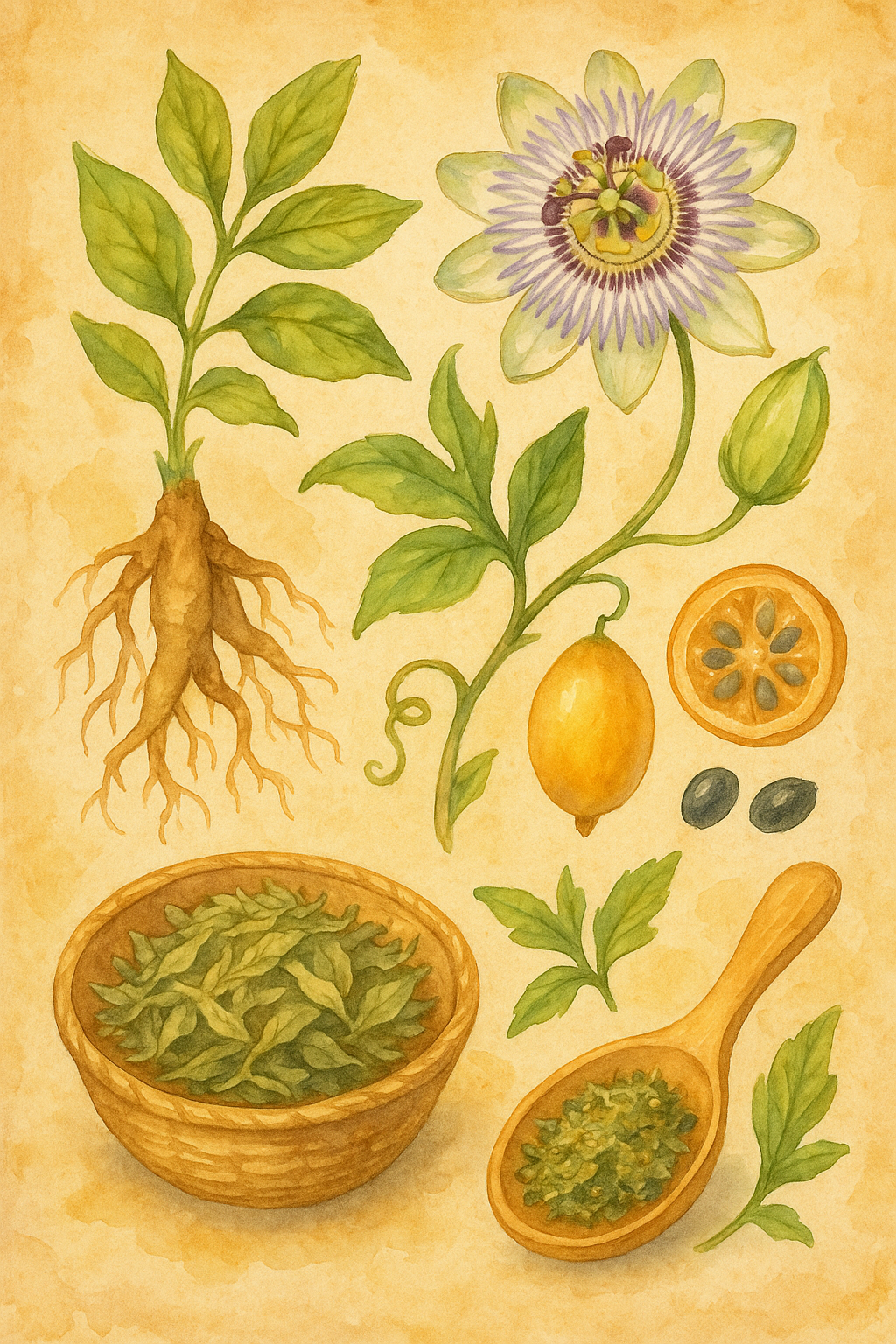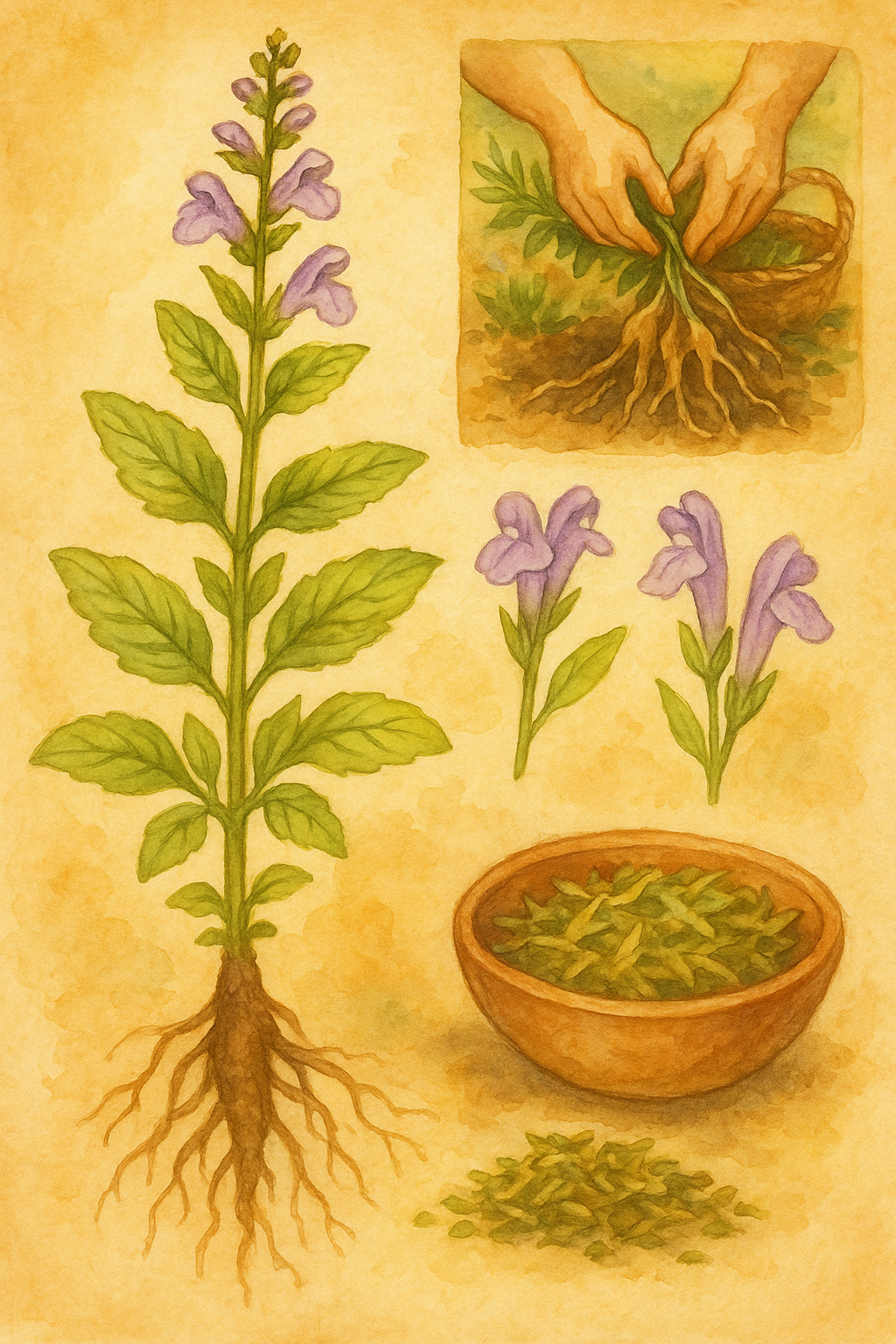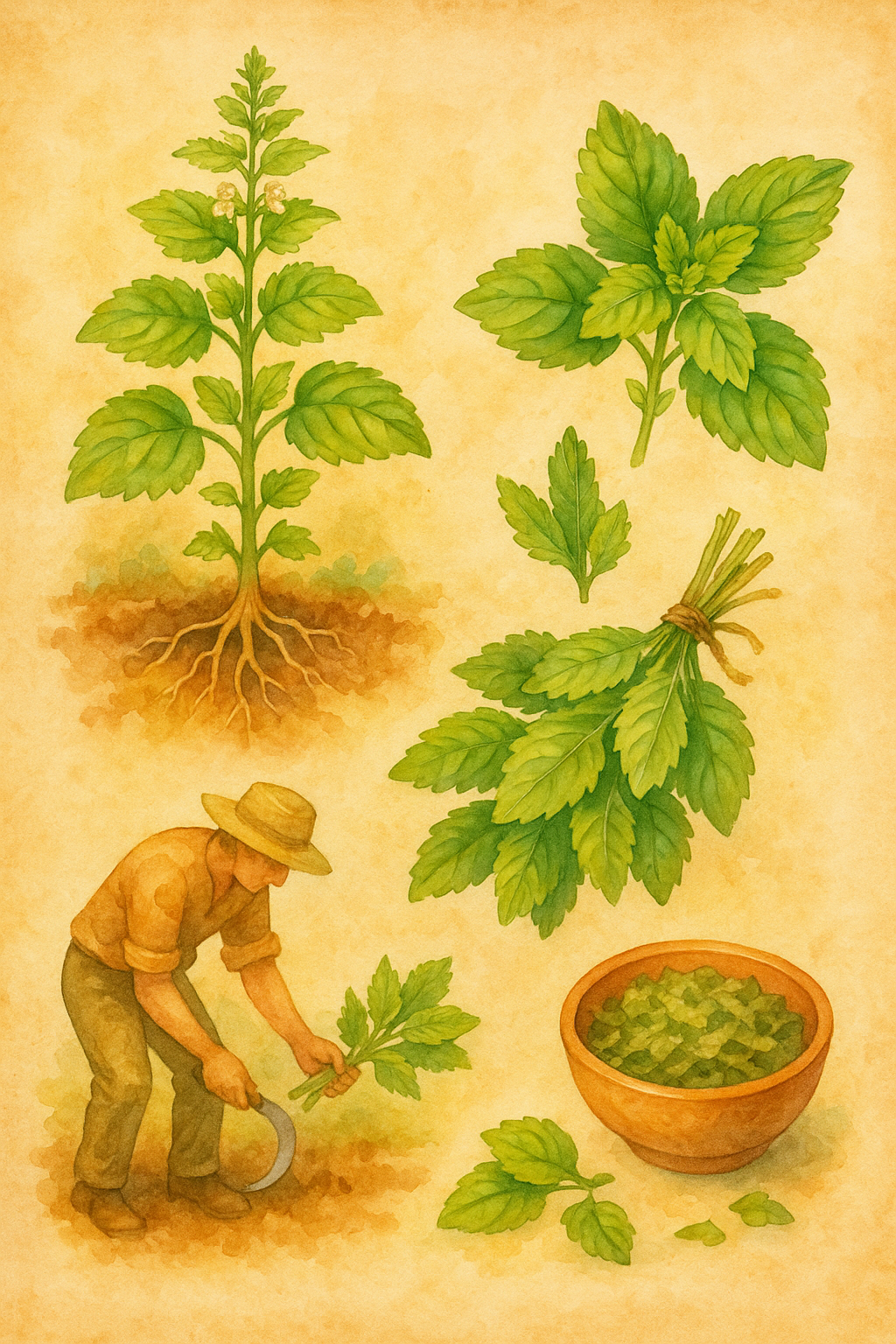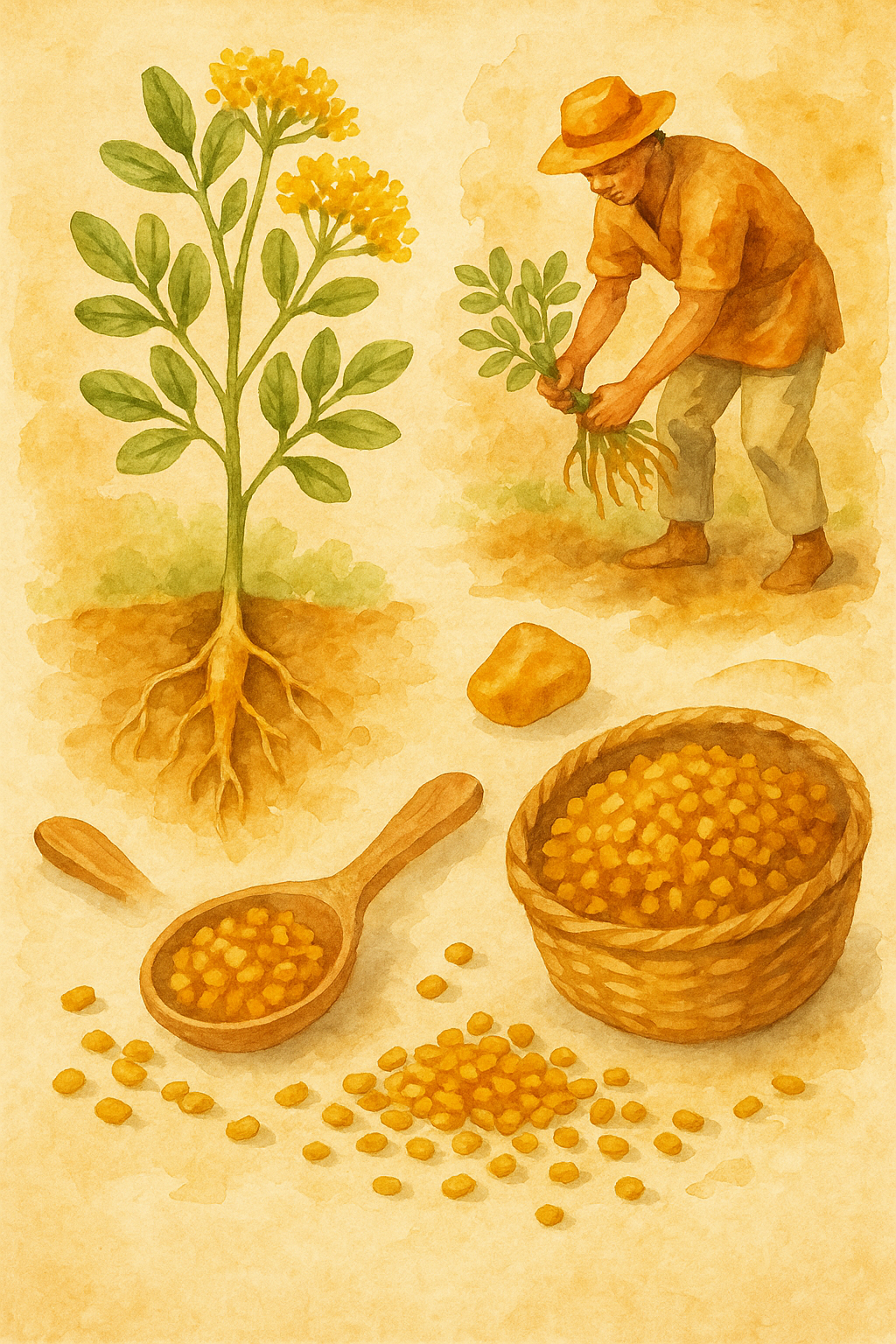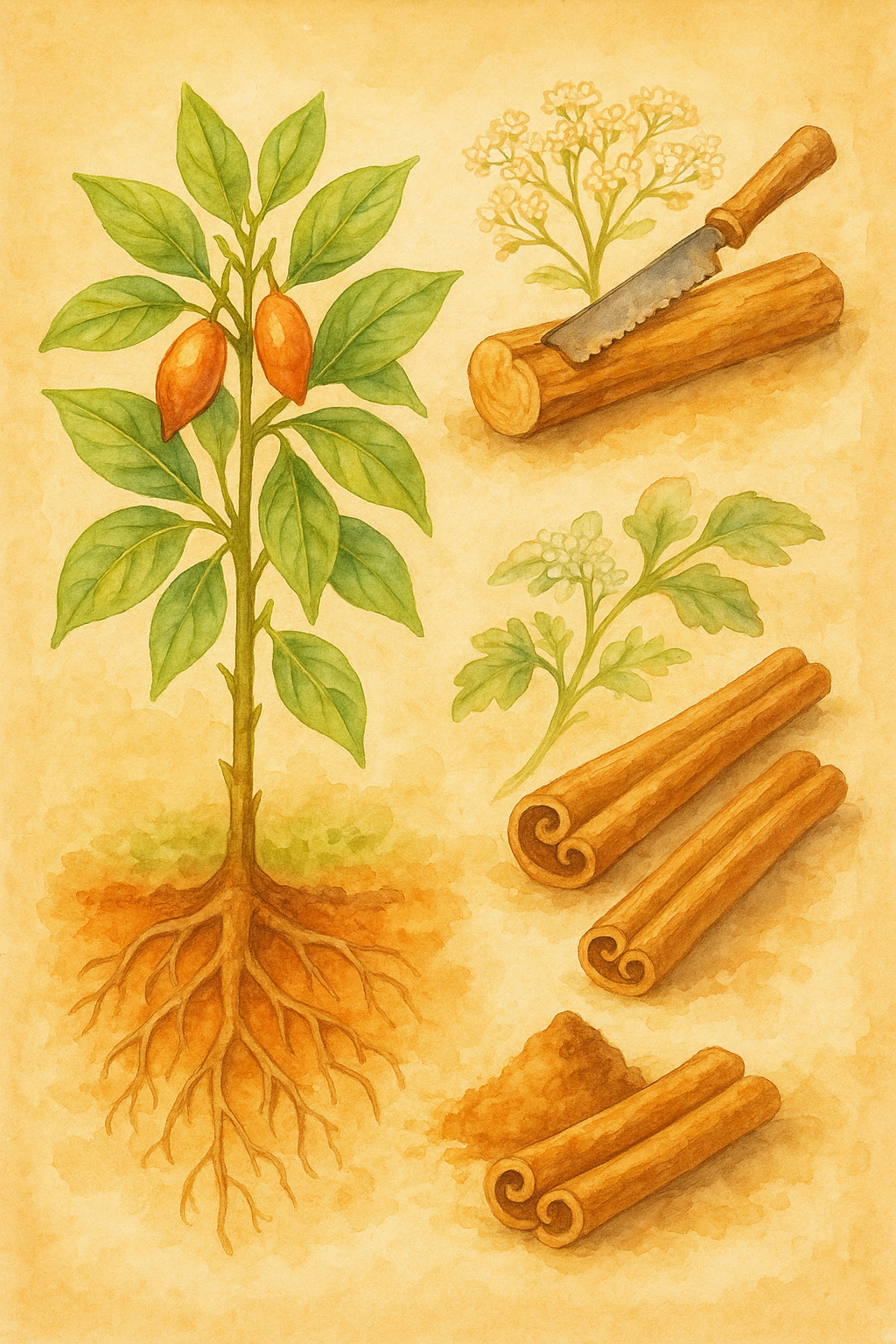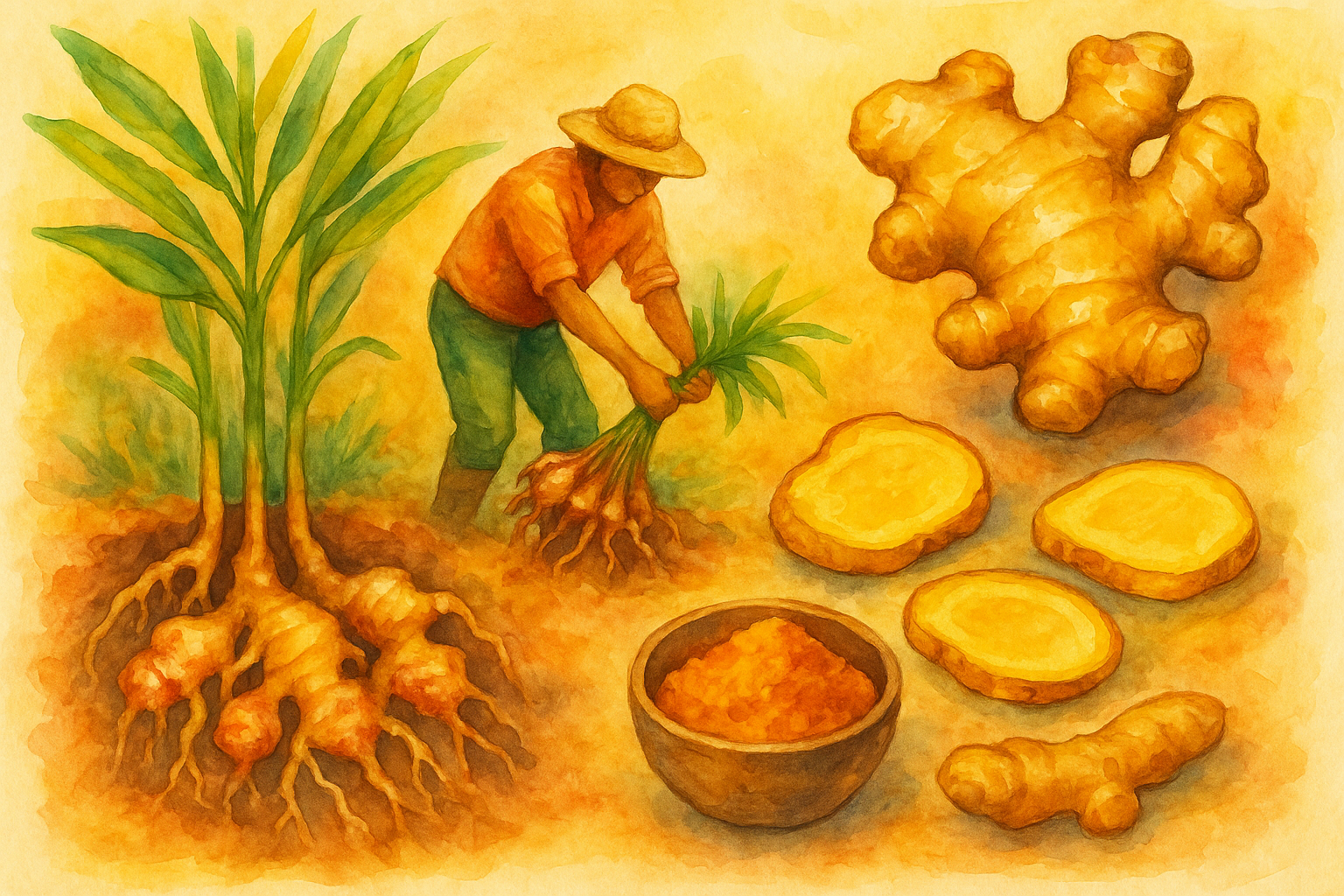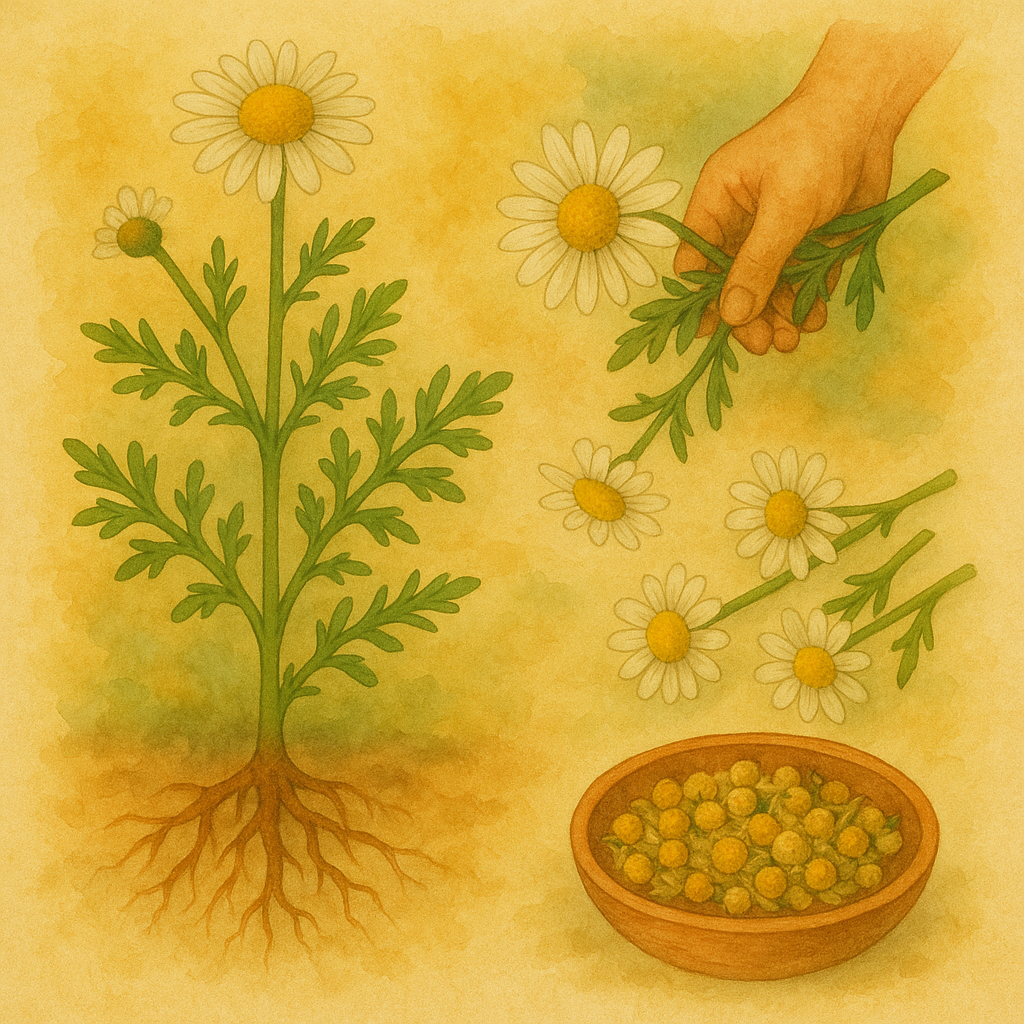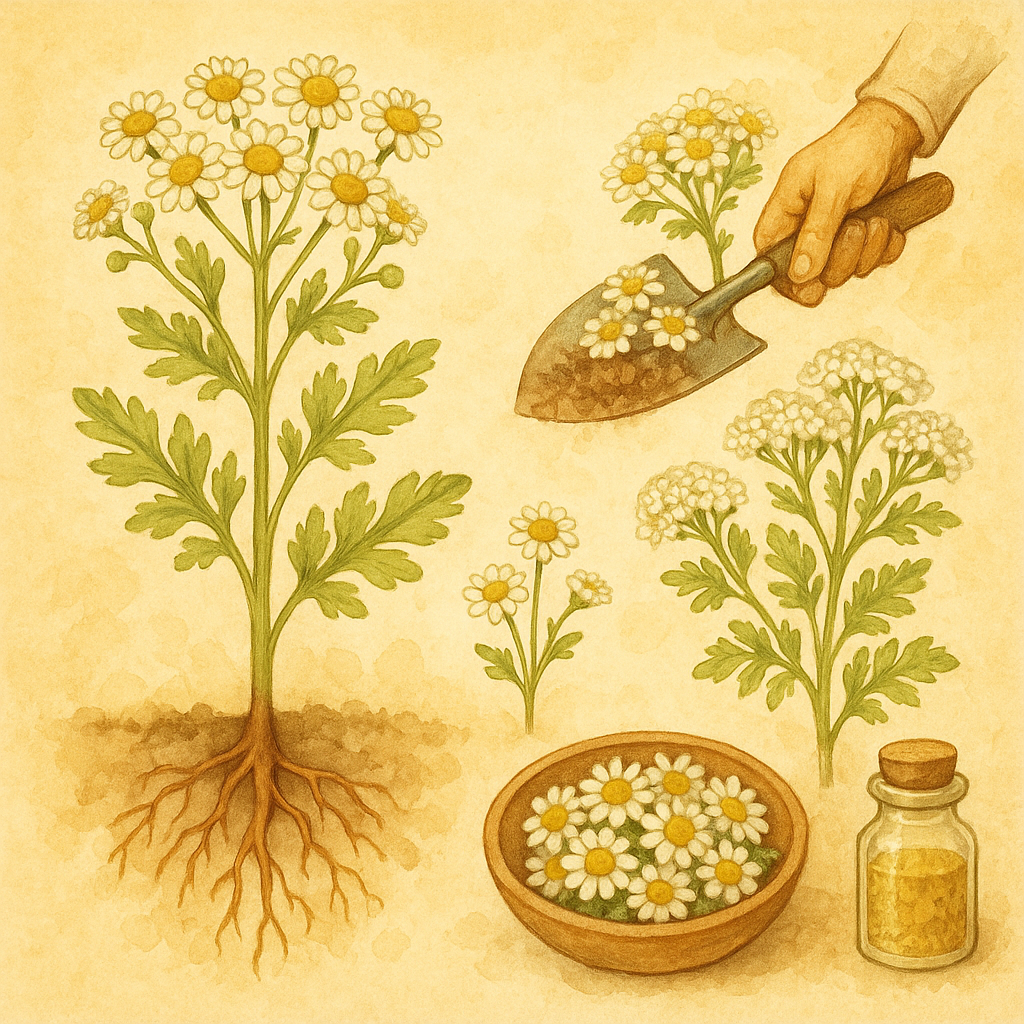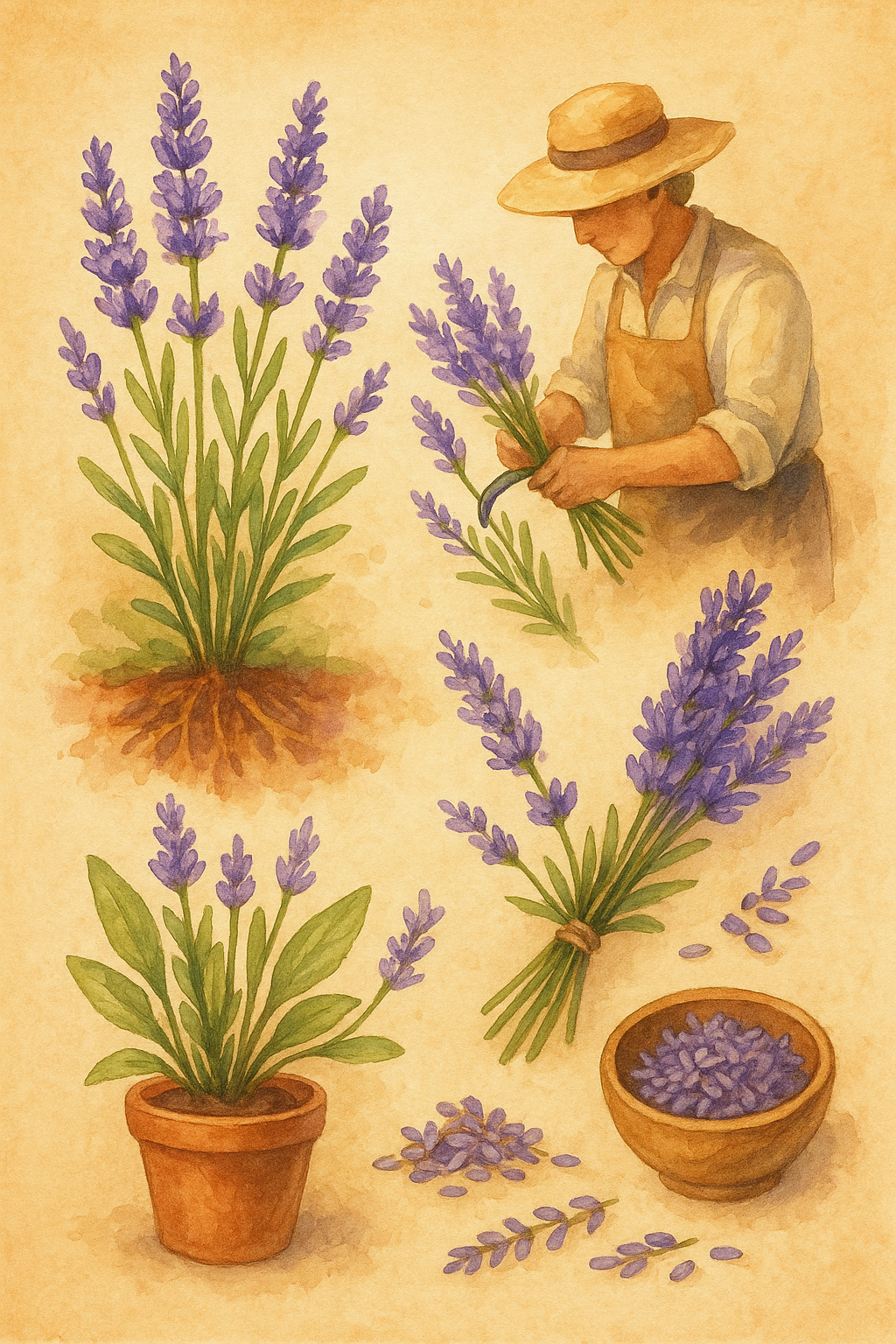Natural Remedy: Water Retention
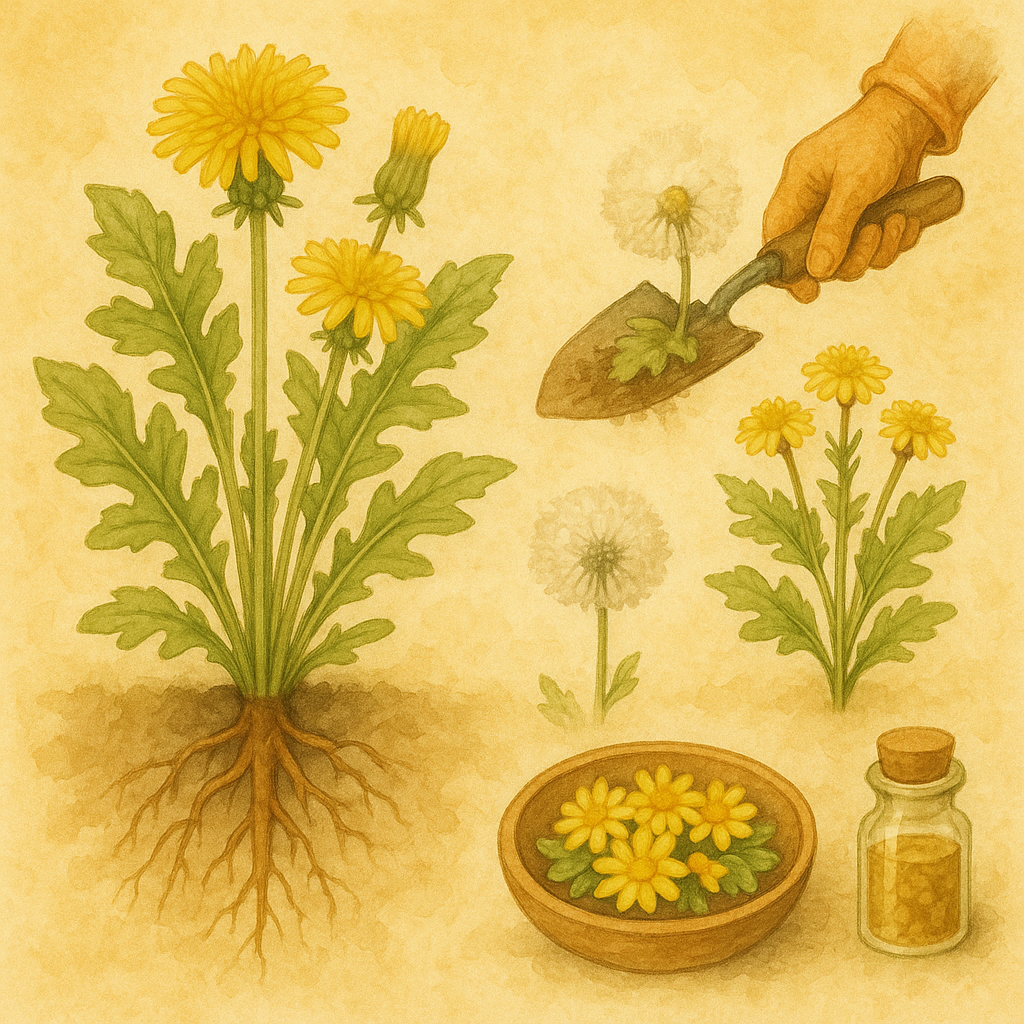
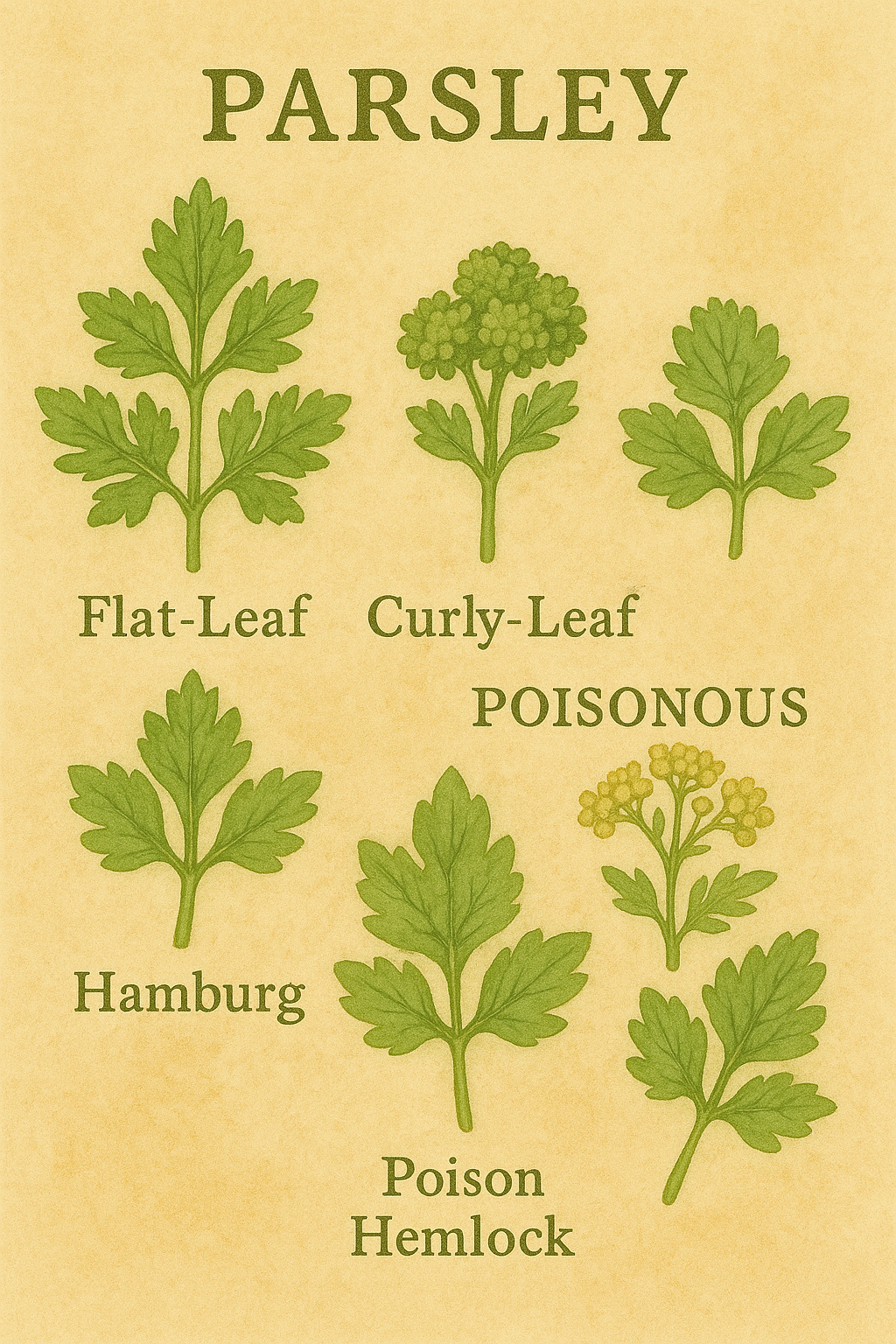
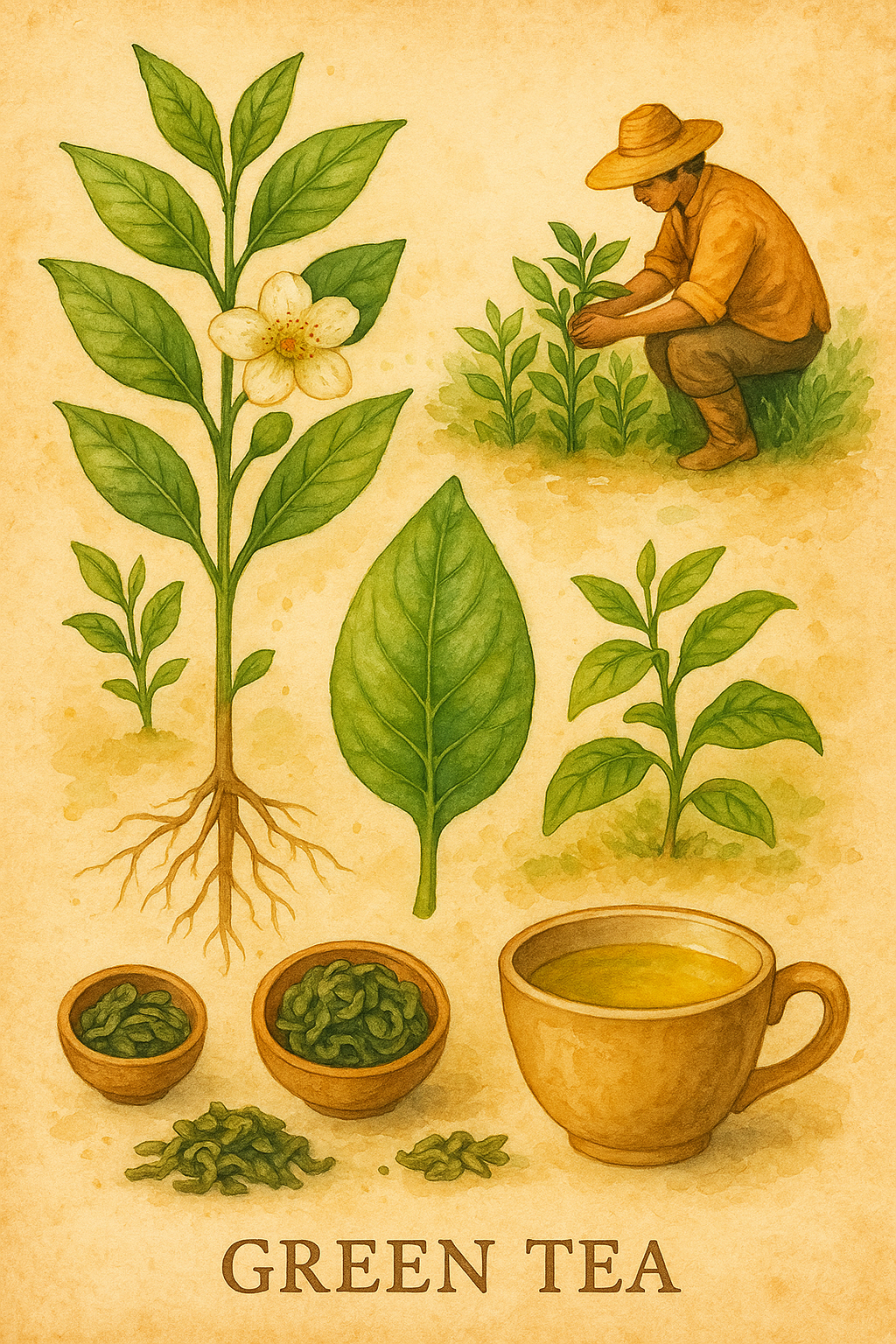
Ingredients:
- 1 tsp dried dandelion leaf
- 1 tsp chopped fresh parsley (or 1/2 tsp dried)
- 1 tsp green tea leaves
- 1 cup boiling water
Preparation:
Combine all herbs in a cup. Pour boiling water over them and steep for 10 minutes. Strain well before drinking. Drink warm or chilled, depending on preference.
Usage:
Drink 1–2 cups daily in the morning and early afternoon. Promotes urination, reduces bloating, and gently supports metabolism. Not to be used as a long-term diuretic replacement.
Nutritional Value (Per Cup):
| Component | Amount |
|---|---|
| Calories | 5–8 kcal |
| Potassium | ~150 mg |
| Chlorophyll | Present (from parsley) |
| Catechins (from green tea) | ~30–40 mg |
Toxicity Profile:
Dandelion may interact with diuretics and lithium. Parsley in large doses can stimulate uterine contractions. Green tea contains caffeine; limit intake if sensitive. Avoid long-term daily use without breaks.
When to Use:
- During periods of bloating or fluid retention
- To complement detox or weight loss efforts
- When transitioning to a cleaner diet
- As a light mid-day metabolic support drink
Dosage Based on Weight:
| Body Weight | Recommended Dandelion Leaf Amount |
|---|---|
| Below 100 lbs (45 kg) | 1/2 tsp dried leaf |
| 100–150 lbs (45–68 kg) | 1 tsp dried leaf |
| 150–200 lbs (68–90 kg) | 1.5 tsp dried leaf |
| Over 200 lbs (90+ kg) | 2 tsp dried leaf |
Note: Always consult with a healthcare provider if you have kidney or heart conditions before using diuretic herbs regularly.

